New president and weak economy
The economic problems in Iran have created an atmosphere and background that further encourages and fuels the anger of the protesters. In 2022, the inflation rate exceeded 50%. The lower strata of Iranian society were most susceptible to its negative consequences. Prices continued to rise while household purchasing power fell and GDP growth slowed. Thanks to high oil prices in 2021-2022, the Iranian economy did not show negative growth rates. At the same time, the government did not make enough efforts to solve the economic problems of the population.
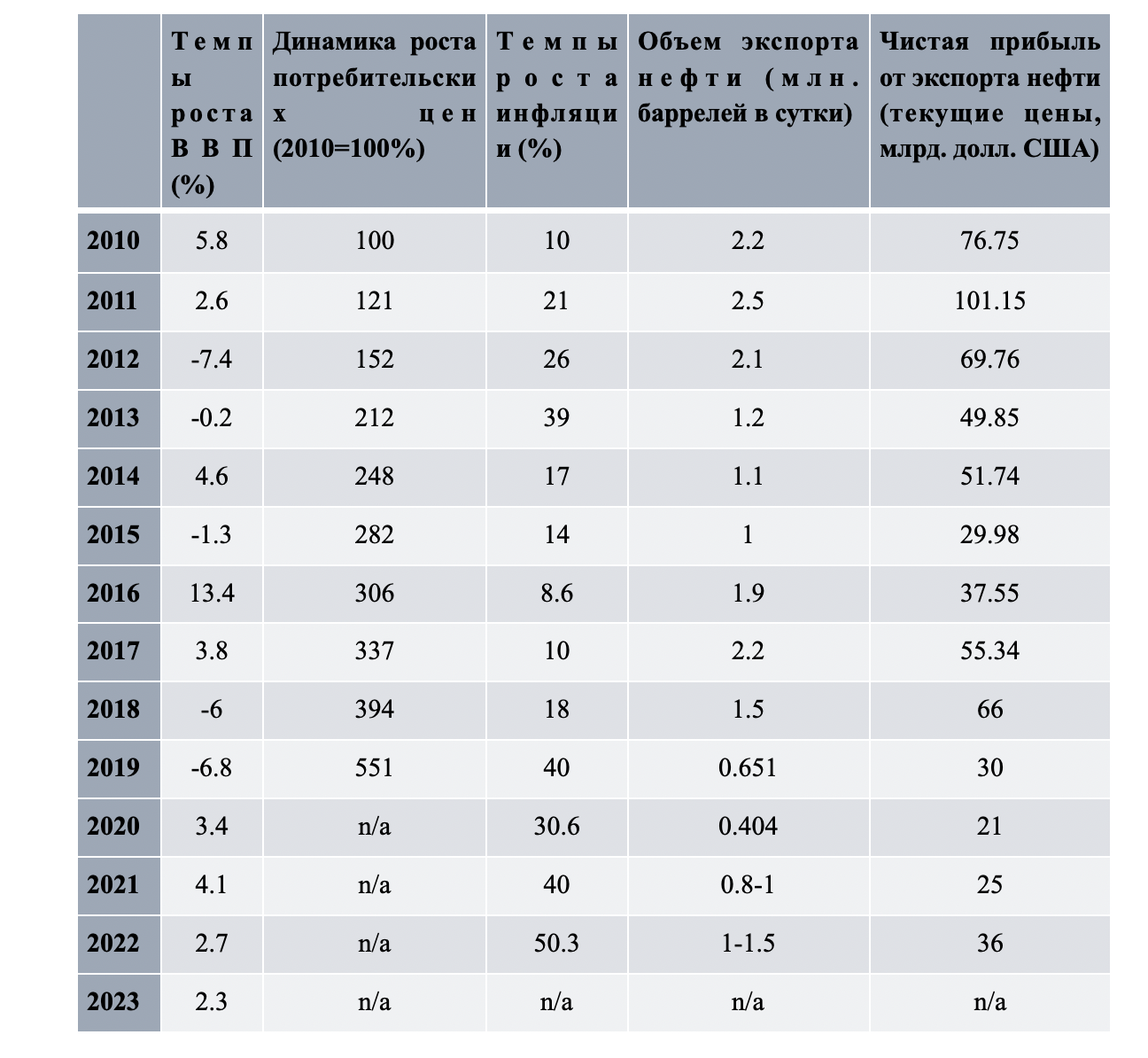
In 2021 and early 2022, the actions of the newly elected President Ebrahim Raisi in the economic sphere were slow and inert. This was largely due to the fact that the new ruler did not have much experience in managing the economy – he built his career in the judicial system. Raisi's entire managerial experience was limited to three years (2016–2019), which he spent at the head of a large religious foundation, Astan-e Quds Razavi. Judging by his statements, he tried to avoid innovation, focusing on the experience of his predecessors. In practice, this meant further implementation of the "resistance economy" model based on the principle of partial self-sufficiency. Raisi's economic program was built on populist statements: he was rightly concerned about unemployment, corruption, environmental problems. However, for real solutions to problems, he had neither a clear program of action nor any new ideas.
Raisi was unable to assemble a strong economic team from like-minded people in his government. In mid-summer 2022, the Iranian press reported on a dispute between Vice President for Economic Affairs Mohsen Rezai and Economy Minister Ehsan Khandouzi over the interbank interest rate. The Ministry of Economy asked the Central Bank to lower the interbank interest rate, and the vice president for economics insisted that the interest rate should not be reduced due to high inflation. Such a dispute was far from the only one within the economic bloc. As a result, the ever-emerging contradictions within the team delayed the introduction of the necessary measures.
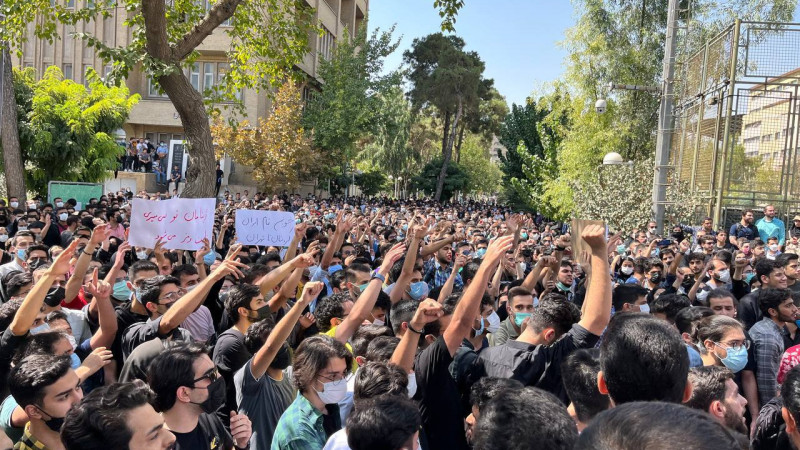
The difficult situation in the world oil and gas markets and the election of US President Joe Biden in early 2021 did not benefit the Iranian economy. Unlike his predecessor, Donald Trump, Biden has not been as hard on the implementation of the oil embargo imposed on Iran. At the same time, Tehran itself has already developed a scheme to circumvent sanctions by bringing part of its oil to the world market. Rising oil prices and the fact that exports generated a near positive trade balance enabled Iran to earn additional revenues, which it actively spent on maintaining the existence of the political regime (see table 1). This made it possible for Raisi to reconsider approaches to solving the problem of the Iranian nuclear program. Despite initial expectations that Tehran would try to strike a new agreement with international negotiators as soon as possible to relieve the sanctions pressure, this did not happen. On the contrary, the president's team has chosen a strategy of protracted negotiations.
Unlike Trump, Biden has not been as hard on the implementation of the oil embargo imposed on Iran.
At least a partial easing of sanctions pressure would allow the Iranian resistance economy to move from a mode of survival to a mode of partial growth. This would not mean an immediate improvement in socio-economic indicators, but, at least indirectly, the lifting of sanctions would have a positive impact on them.
Changes "from above" did not work
By the end of spring 2022, Raisi put forward a plan for economic transformation, which included a significant reform of the subsidy system. Iran canceled the subsidized exchange rate of the Iranian currency against the US dollar, which was used to buy and import essential goods. An attempt was also made to make targeted direct payments to the people. Iran's population was divided into ten income groups, from the poorest to the richest. The first three low-income categories received a monthly amount of 4 million Iranian rials (US$13.5 at free market rates), Iranians with an average income in categories 4-9 received 3 million Iranian rials (US$10.1). Those in the richest, 10th income group did not receive any payments. Raisi said the money would be paid out within two summer months before being replaced by an "electronic coupon" system.
The economic reform plan was full of critical flaws, and they became another catalyst for protests. The abolition of the special dollar exchange rate helped eliminate one of the sources of corruption and waste of money, but inevitably spurred the rise in consumer prices for imported goods. The decision to restructure the payment of direct subsidies eased the burden on the budget in the long run, but accelerated inflation. No alternative mechanisms to contain it have been proposed. On the contrary, the government has steadily reduced its annual bond issuance in the absence of demand, while private investment in the Iranian economy has declined under the pressure of popular distrust in the government's economic policies. In other circumstances, both could help absorb excess liquidity.
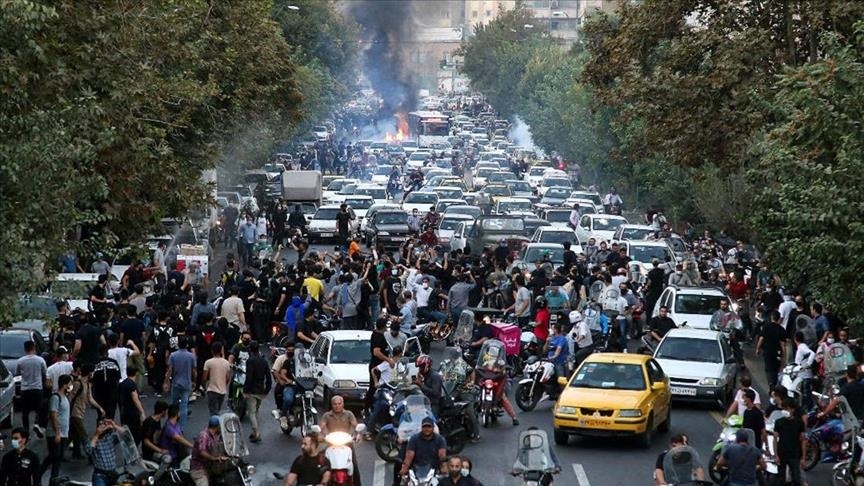
The banking sector also found itself in a difficult situation. According to Iranian economists, high inflation and declining incomes are spurring the need for small businesses to obtain additional loans. Banks, on the contrary, under these conditions either refuse to provide financial support to businesses or set a maximum interest rate.
In addition, the very model of "resistance economy" chosen by the Iranian leadership is, without amendment, unsustainable in the long run. Its application was able to stabilize the situation in Iran after the first shock from the imposition of sanctions in 2010-12 and 2018. However, this model failed to solve the problem of their negative impact on the very basis of the Iranian economy. The sanctions hit the Iranian economy's ability to effectively develop its manufacturing base, attract foreign investment, use long-term foreign bank loans and expand into new markets.
The deterioration of Iran's industrial base will inevitably become the main obstacle to the country's economic development and stable budget revenues. US sanctions have become one of the main reasons for the slowdown in the development of Iran's oil and gas sector. Since 2017, there has been no foreign direct investment in any major hydrocarbon project in the country, meaning that no new foreign technology has been introduced into the oil sector. Moreover, the sanctions have partially hampered the development of Iran's gas sector, leaving the country, with its huge natural gas resources, a small player in the international market.
Since 2017, there has been no foreign direct investment in any major hydrocarbon project in Iran
In 2019-2022, the food and textile sectors also reduced production. This has affected the country's foreign trade: the volume of Iranian exports is declining both in value and weight terms, while the trade balance (excluding oil and gas) has a steadily negative trend.
social background
The failure of the Iranian leadership to translate even slow economic growth into social development is another long-term structural problem. Since the mid-2010s, the purchasing power and incomes of Iranian households have been steadily falling. Moreover, spending on basic necessities was reduced in favor of housing payments (Table 2). By 2022, 60% of the Iranian population was either marginally above the poverty line or just below it. At the same time, 18.4% lived in absolute poverty.
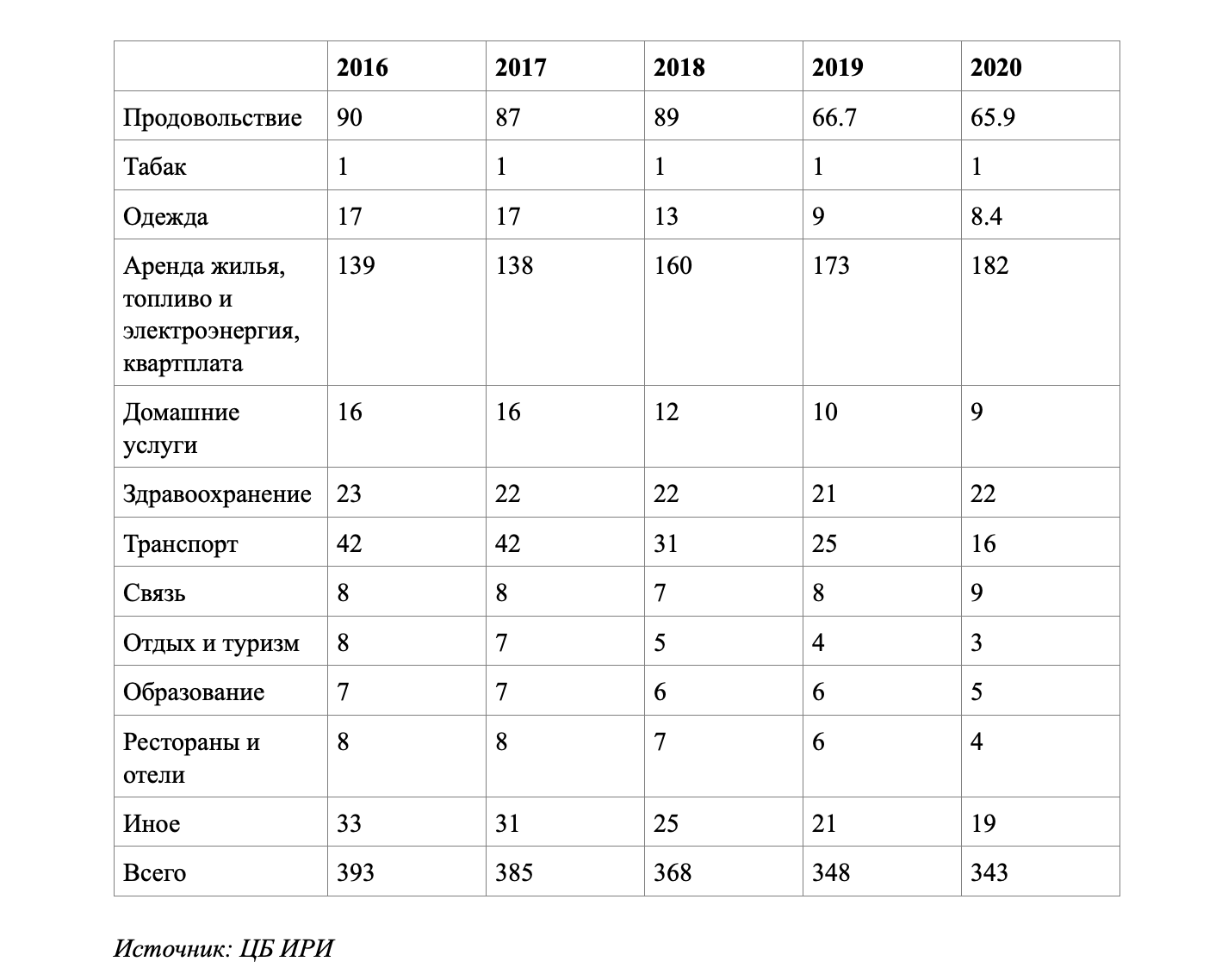
Young women are the face of the current protests as they represent two of the most vulnerable groups in Iranian society: women and youth.
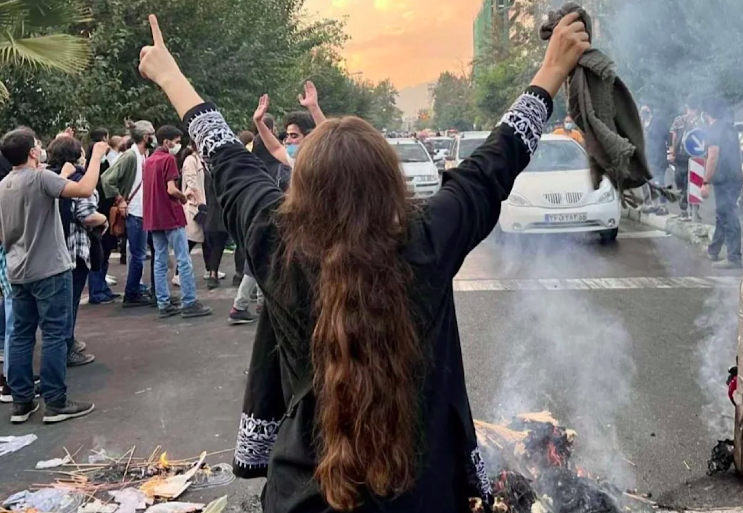
According to Iranian economists, the unemployment rate among women is 13%, while among men it is about half as much (7.2%). These figures are twice as high among young people aged 18 to 35. According to other data, the share of unemployed among people aged 15 to 24 reaches 77% (7.1 million people) (chart 1). There is also a gender disparity in employment. For example, only one in five women participate in the economy.

Loss of Faith and Violation of Tacit Agreements
Economic and social problems in Iran created the ground for the current protests, and political reasons became their catalyst: the Iranian people are losing faith in the very idea of an Islamic Republic. The historically low turnout in the 2021 de facto organized presidential election and the number of invalid ballots exceeding the number of votes cast for other candidates were the first warning signal for the Iranian political system.
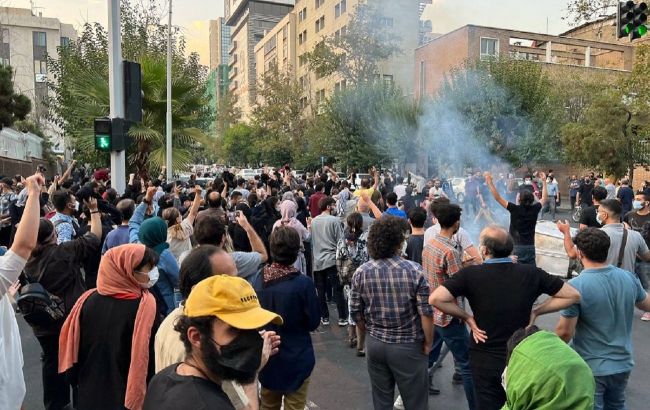
People reacted negatively to the government's idea of clearing the electoral landscape to ensure Raisi's victory. His failed socio-economic policies only made things worse, destroying hope even among those who still believed in the ability of the conservative camp to remedy the situation. Meanwhile, the failure of Raisi's predecessors in other movements to make improvements has raised the legitimate question of whether there are forces within the current political system capable of bringing about development and prosperity.
The conservatives have become hostage to their own slogans that after the 2021 presidential election they managed to achieve unity between the Supreme Leader of Iran, Grand Ayatollah Ali Khamenei , and all branches of government. Now the government cannot use Iran's traditional political maneuver, when the president acted as a "scapegoat" on whom Khamenei could blame all the troubles and defiantly distance himself from him. Today, Raisi and Khamenei are perceived as a strong tandem. This means that any attack on the President automatically means an attack on the Supreme Leader.
Today, Raisi and Khamenei are perceived as a strong tandem. This means that any attack on the President automatically means an attack on the Supreme Leader.
The last straw was Raisi's decision to deprive the Iranian population of the freedom to not wear a headscarf to women and to enjoy "sinful pleasures" such as participating in noisy house parties, attending musical evenings in restaurants, and drinking alcohol and drugs (both of which are officially prohibited). in Iran). This was part of an unspoken agreement between the people and the government: the population endured economic hardship, but remained loyal in exchange for the right to ignore certain rules. However, under the conservative Raisi, this arrangement, which served as a kind of safety valve, was violated, and with it the patience of the people dried up.
So far, the intensity of the protests suggests that Tehran will not be able to simply suppress them. Sooner or later, the Iranian political system will have to change. Moreover, the depth of the current discontent in Iranian society will not allow the political system to avoid minor transformations or reforms only in the economic or political sphere.


